How far has the 3D printer-made gun 'ghost gun' evolved?
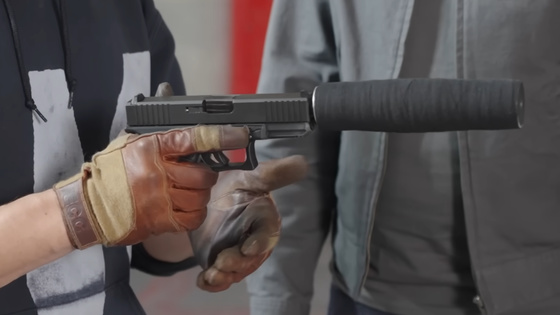
Guns manufactured by simply printing and assembling parts with a 3D printer are called 'ghost guns' because they are not registered with the government. Andy Greenberg, a reporter who has been following homemade guns since around 2013, explains in a movie about ghost guns that can be made by hand with a 3D printer.
The Liberator, which was released in 2013, was the world's first gun with all of its parts 3D printed.
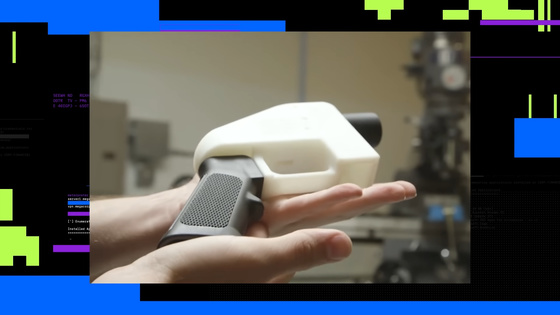
Luigi Mangione, who murdered Brian Thompson, CEO of UnitedHealthcare, a major American health insurance company, in December 2024, committed the crime with a plastic gun he made himself based on blueprints he found on the Internet.

In the US, the federal government and individual states are moving to regulate 3D printed guns, and in 2022 the Biden administration introduced serial numbers and background checks on kit sales. However, it remains legal in many states if you print the frame yourself and assemble the other parts.
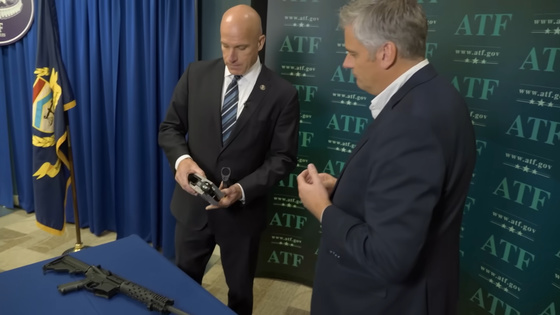
Only the 'frame' is legally defined as a gun. In other words, if you make your own frame with a 3D printer and assemble it with commercially available parts, you can avoid legal restrictions.
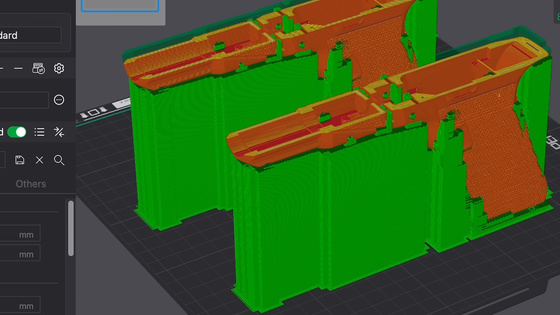
Greenberg bought all the parts and a printer online to create the same gun that Mangione used, for a total cost of about $1,145.
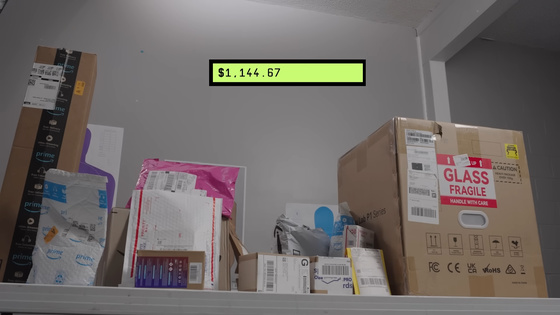
It took about 13 hours to print, but the material is not as unstable as it used to be, and the quality is like a commercial product. Technology has improved significantly since the Liberator was released.
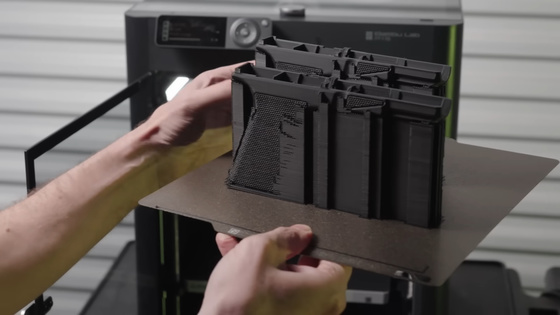
Greenberg built the gun with YouTuber Print Shoot Repeat, who said he was attracted to the anonymity of the gun and the fact that it was a unique weapon that couldn't be bought, but acknowledged the risk that it could be used for crime.
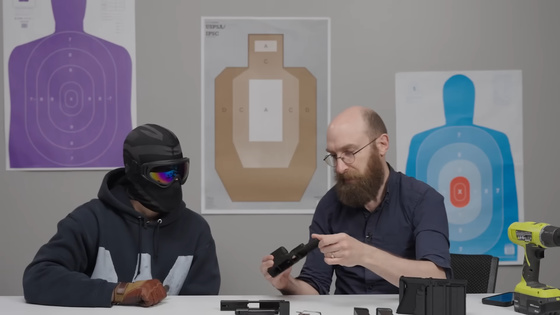
The suppressors that reduce the sound of gun fire are also made with 3D printers, but this is strictly regulated by federal law, so making them without a license is a felony. In this case, because it was made by a collaborator, it is legal.
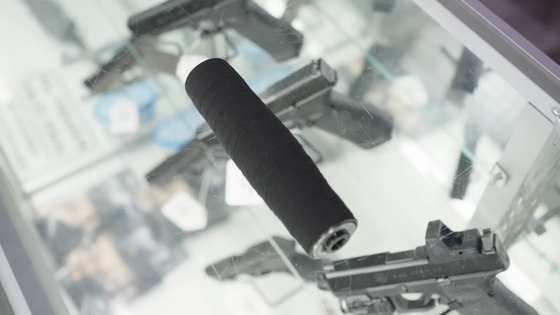
When I test-fired the gun, the suppressor caused the slide to malfunction at first, but when I removed the suppressor, it functioned normally as a semi-automatic.
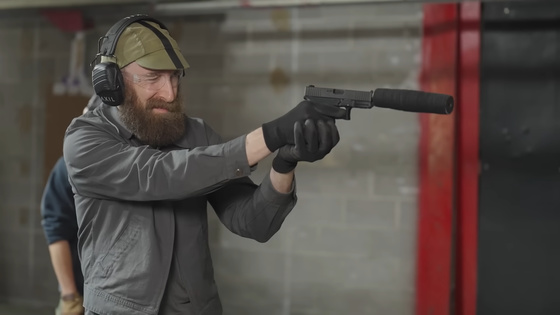
In the actual footage of the crime, the perpetrator is seen pulling the slide by hand, making it highly likely that he was aware of the same structural problem.
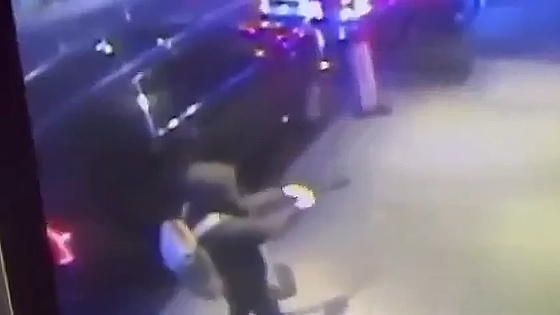
Nick Saprina of the gun control group Everytown argues that 3D printers should be equipped with detection features like those used to prevent counterfeit currency. On the other hand, there is likely to be a strong backlash against any move to restrict the freedom of owners.
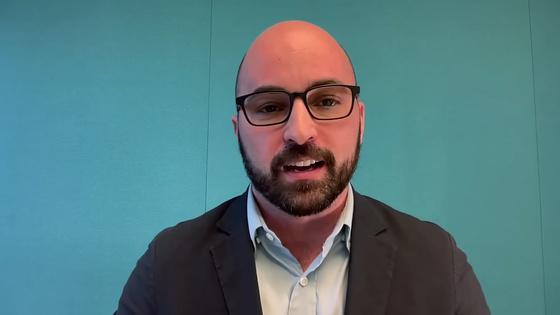
'Unless legislation catches up, ghost guns and the criminals who use them will continue to increase,' Greenberg warned.
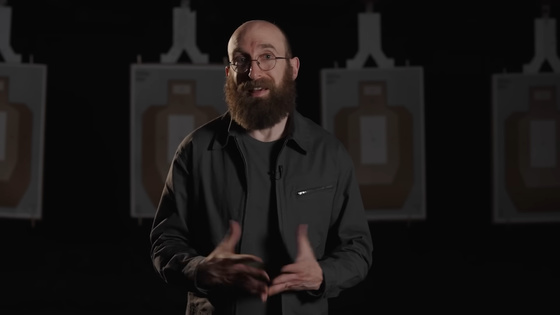
In addition, since it would be illegal to bring the gun back to New York, Greenberg submitted it to the local police in Louisiana where the gun was made.
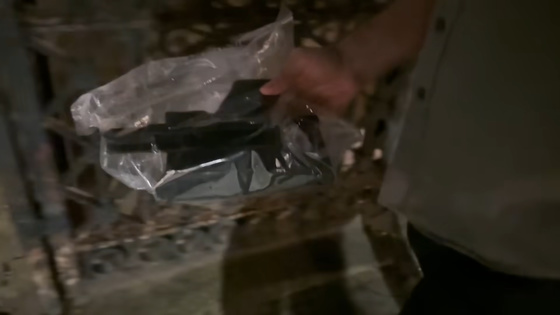
Furthermore, the following movie reports that Danao City on Cebu Island in the Philippines is called the 'ghost gun capital' and that a large number of homemade and unregisterable guns are manufactured there. More than 20% of the city's population is involved in the manufacture of ghost guns, and although the police crack down on them several times a year, the craftsmen are able to share information with each other and hide deep in the mountains, making it difficult to crack down on them. It seems that guns made in Danao City in this way sometimes make their way into Japan.
Inside the Philippine Ghost Gun Trade - YouTube
Related Posts:
in Video, Posted by log1i_yk







